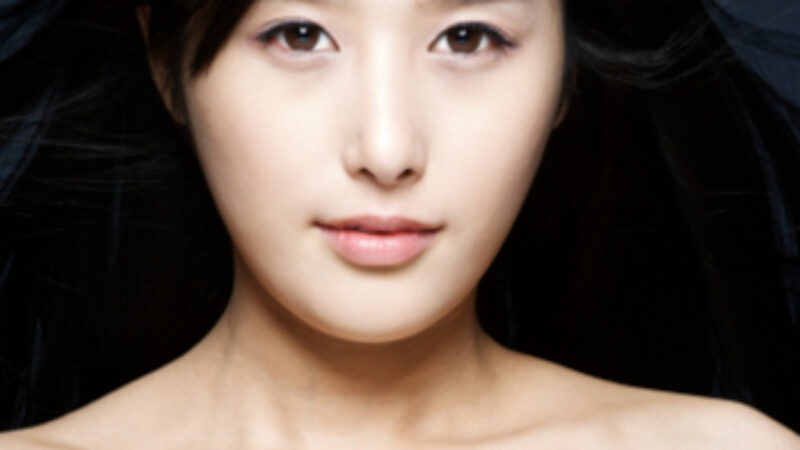Freckles are something that people either love and embrace or hate and try to cover up. Just like age spots, liver spots and melasma, freckles are hyperpigmented marks triggered by UV exposure.
Freckles are a result of exposure to UVB rays, which cause the melanocytes (special cells that produce pigment) to work harder to make melanin as a means of protecting the skin. As a result, they develop more in the summer. And, as melanocytes are located in the basal layer of the skin (the deepest layer of the epidermis), it may take time before the UV rays reach and activate them.
Although more common for those with red or blond hair and fair skin, anyone who is genetically predisposed can develop freckles, regardless of skin or hair color. These dark little spots tend to run in the family, often showing up between the ages of 2 and 4 when time spent outdoors increases. Although generally harmless, freckles are a good indication of the amount of sun exposure you’re getting and perhaps the need to protect yourself a bit more!
Just as tanned skin is your body’s way of telling you that damage has occurred and that the body’s defence mechanisms have kicked in, freckles due to UV exposure is sign that you may be at a slightly higher risk of skin cancer later on in life. The best defence is, of course, practicing sun safety: wearing an effective and stable broad spectrum sunscreen daily while minimizing sun exposure with hats, proper clothing and sticking to shady areas.
Freckles that become more noticeable in the summer often fade on their own over time as the cold months progress. To help the process along, freckles can be lightened with the same topical treatments as other forms of hyperpigmentation. Ingredients including vitamin C, bearberry and niacinamide are effective.
However, before you reach for that lightening cream, take note that faux freckles have been trending for the past 18 months after models on the runway sported the youthful look. After all that talk about contouring, faux freckles are a refreshing change.




